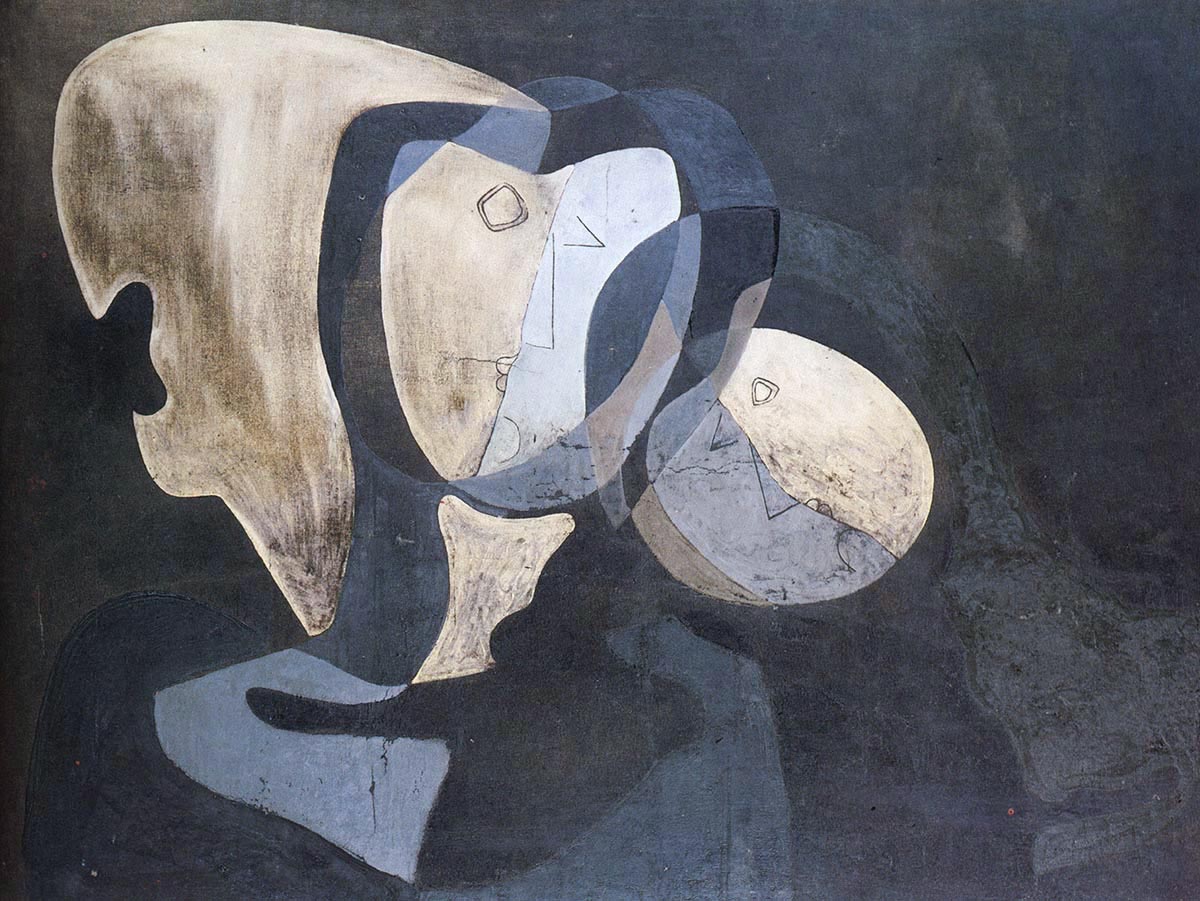Salvador Dalí is one of the best known painters of the 20th century. His most famous works are his surreal yet uncannily photorealistic paintings, which became his definitive style at the end of the 1920s. Dalí met Luis Buñuel in 1922 at the Academia San Fernando in Madrid. Dalí and Buñuel (including their friend and poet García Lorca) were fascinated by Sigmund Freud’s writings on psychoanalysis. This interest in the psychodynamics of the unconscious mind would not only accompany Dalí through his painting era; it would also form the basis for the film, An Andalusian Dog.
 An Andalusian Dog (Still frame)
An Andalusian Dog (Still frame) 
Dalí travelled to Paris in 1928 where he and Buñuel worked on the screenplay for this joint project. The film’s fragmented scenes were based on dreams experienced by the artists (crawling ants, a cloud in front of a full moon) and delved into aspects of the irrational and unconscious (see Last 2007 and Wunderlich 2008). The film was intended to irritate and provoke its audience and defy any attempts to draw a narrative – a complete break from the then prevalent form of narrative cinema: “One tries but fails to find a traditional narrative or a logical progression of scenes. No cut, nothing on the screen should be explainable, nor even interpreted in any specific way. The title of the film also served to confuse: There is not a single dog in the whole film, let alone an Andalusian one.” (Last 2007)1
 Salvador Dalí: Study for Honey is sweeter than blood, 1927
Salvador Dalí: Study for Honey is sweeter than blood, 1927 
A direct template for some of the scenes within the film came from Dalí’s painting, Honey is sweeter than blood (1927), which is considered a lost painting and for which only one study exists. The painting is seen as Dalí’s first foray into Surrealism and made use of motifs that can typically be found throughout his later works: a mutilated corpse of a woman, a dead donkey, the head of his friend García Lorca: “At the lower right is a dead donkey, a creature that would make an equally leering but double reappearance in the film Un Chien anadalou. The putrefaction of the donkey as indicated by a cloud of flies may relate to the word ‘putrefact’ that Dali and his friends frequently employed to describe members of the Spanish establishment.” (Shanes 1994)
 Salvador Dalí: Cubist figure, 1926
Salvador Dalí: Cubist figure, 1926 
The source of this transfer of style, however, is a rather unknown Cubist figure from 1926. The picture depicts two divided yet overlapping faces; in some respects a dual form of the ambiguity of human nature. The painting was created in the same year Dalí first visited Paris and met Pablo Picasso. Stylistically and technically, An Andalusian Dog also draws on the effects of exaggeration and alienation. The film ‘celebrated’ its première in Paris 1929:
“Buñuel’s target group were his enemies whom he hoped would be annoyed at having paid money for the film – Buñuel hid behind the screen for this very eventuality, armed with stones to quell any escalation within the theatre. Today, we can celebrate the film as a brilliant, innovative cornerstone of cinematic Surrealism and finally delight in the perfection of this wonderful work.” (Last 2007)2
1 Original quote: „Eine traditionelle Narration sucht man ebenfalls wie eine logisch aufeinander aufbauende, sukzessive Szenenabfolge vergebens. Kein Schnitt, keine Aktion auf der Leinwand sollte erklärbar, nicht einmal konkret interpretierbar sein. So dient schon der Titel des Films zur Verunsicherung: Einen Hund gibt es im ganzen Film nicht, und schon gar keinen andalusischen.“
2 Original quote: „Die Zielgruppe Buñuels waren seine Feinde, die sich ärgern sollten, Geld für den Film ausgegeben zu haben – daher verstecke sich Buñuel auch hinter der Leinwand, bewaffnet mit Steinen, sollte es zu erwarteten Eskalation kommen. Heute können wir den Film als brillantes, innovatives Gründungswerk des filmischen Surrealismus feiern, können uns endlich an der Vollkommenheit dieses wunderbaren Werks erfreuen.“
URL: https://web.archive.org/web/20070317153501/http://www.mitternachtskino.de/andalusischeHund.htm (accessed October 2016)
Shanes, Eric: The Life and Masterworks of Salvador Dalí. London 1994.
Wunderlich, Dieter: Ein andalusischer Hund. 2008.
URL: http://www.dieterwunderlich.de/Bunuel_andalusischer_hund.htm (accessed October 2016)

